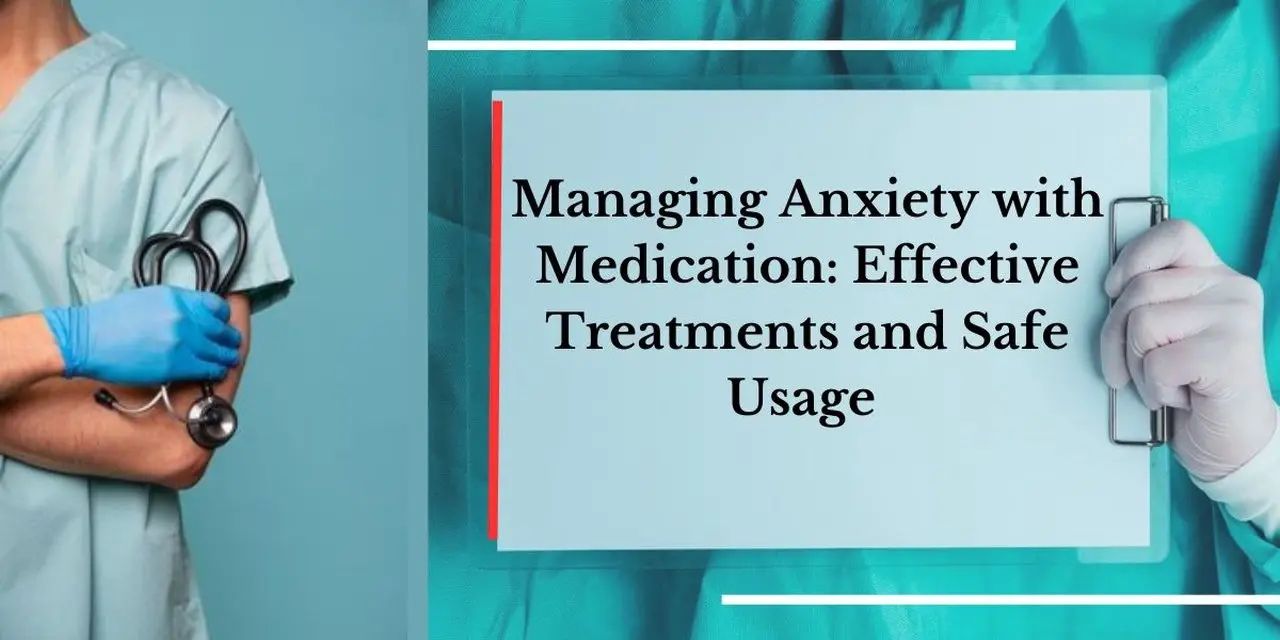Anxiety can be overpowering, but with the correct prescription, you can regain control and enhance your daily life. This article delves into the most effective medicine for anxiety reduction, including their advantages, potential side effects, and the significance of using them safely. Xanax, also known as alprazolam, is a prescription medicine used primarily to treat anxiety and panic disorders. It belongs to the benzodiazepine class and works by boosting the effects of gamma-aminobutyric acid (GABA), a neurotransmitter that decreases brain activity, resulting in a calming effect. While Xanax can provide temporary comfort, it is critical to understand its usage, potential adverse effects, dangers of dependence, and viable alternatives.
Uses for Xanax (Alprazolam)
Xanax is widely given to treat the following conditions:
- Generalized Anxiety Disorder (GAD) is defined by excessive and uncontrollable concern about numerous elements of daily life.
- Panic disorder is characterized by abrupt episodes of acute terror, which are accompanied by physical symptoms such as rapid heartbeat and shortness of breath.
- Short-term relief of anxiety symptoms, such as those caused by situational stressors.
It's crucial to note that, while Xanax provides quick relief, it's usually only recommended for limited periods of time because to the risk of dependence and tolerance.
Potential Side Effects
Xanax, like many drugs, can produce negative effects. Common ones include:
- Drowsiness or Fatigue: Users may experience unusual tiredness or lethargy.
- Dizziness: A sensation of lightheadedness or unsteadiness.
- Slurred speech: Difficulty pronouncing words clearly.
- Memory Impairment: Issues with short-term memory retention.
- Depression: refers to feelings of melancholy or hopelessness.
Risks of Dependence and Misuse
Even when taken as recommended, benzodiazepines such as Xanax have the potential to cause dependence. Misuse can result in addiction, overdose, and death. Combining Xanax with other drugs, particularly alcohol, heightens these dangers. Symptoms of abuse can include:
- Increased Anxiety or Aggression: Paradoxical reactions contrary to the intended calming effect.
- Confusion or Paranoia: Altered mental state leading to irrational thoughts.
- Suicidal Thoughts: Emergence of self-harming ideations.
Drug Interactions
Additionally, substances like grapefruit juice can interfere with the metabolism of Xanax, leading to increased drug levels in the bloodstream. It's essential to inform healthcare providers of all medications and supplements being taken to avoid adverse interactions.
To select the best treatment approach, you must discuss these options with your healthcare professional.
Conclusion
While Xanax (alprazolam) can be useful for treating anxiety and panic disorders in the short term, it is not without hazards, such as side effects, dependence, and withdrawal symptoms. A comprehensive approach that includes both pharmaceutical and non-pharmacological treatments is essential for the effective and safe management of anxiety disorders. Always consult a healthcare professional before beginning, modifying, or terminating a medication.


Leave a Comment